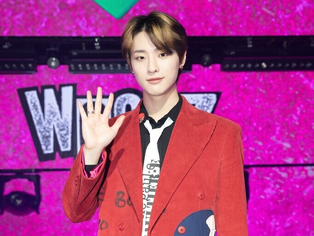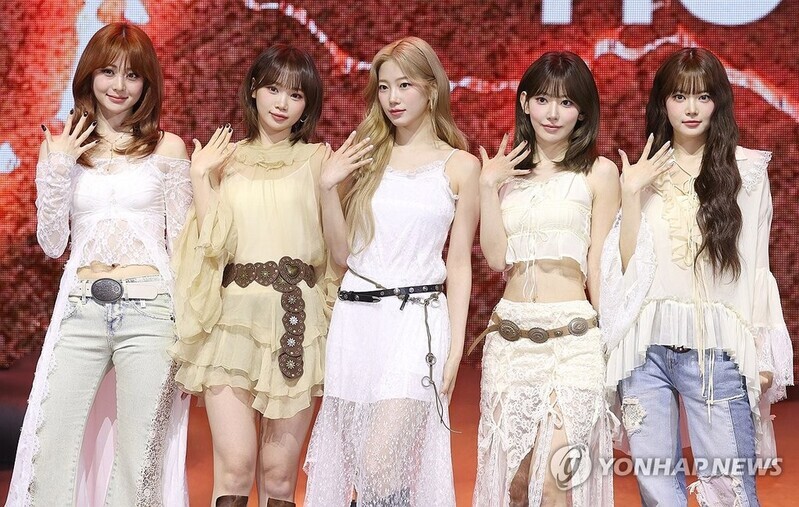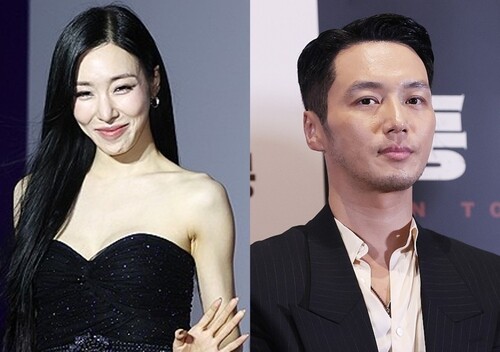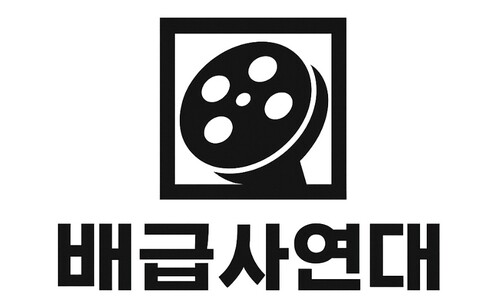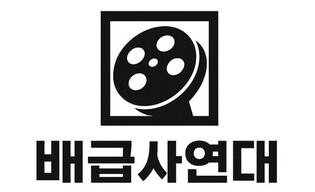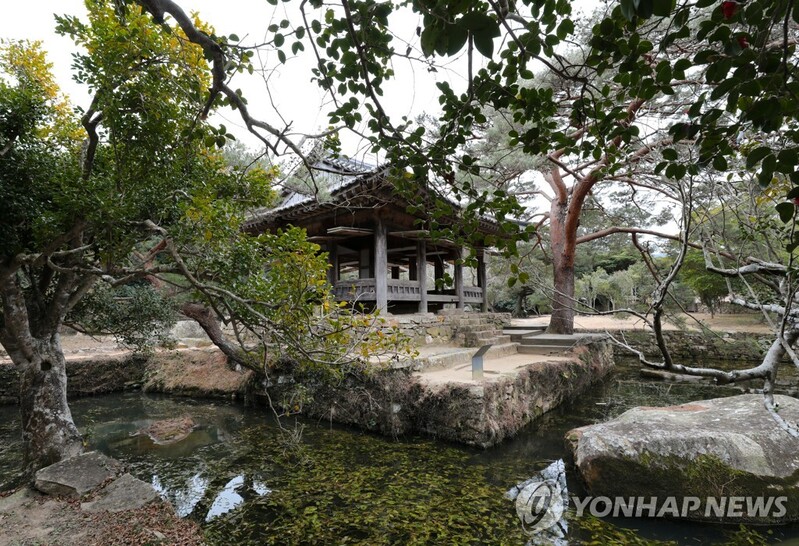 |
| ▲ This photo, shows the Historic Site of Yun Seon-do in Bogildo Island and Huisudam. (Yonhap) |
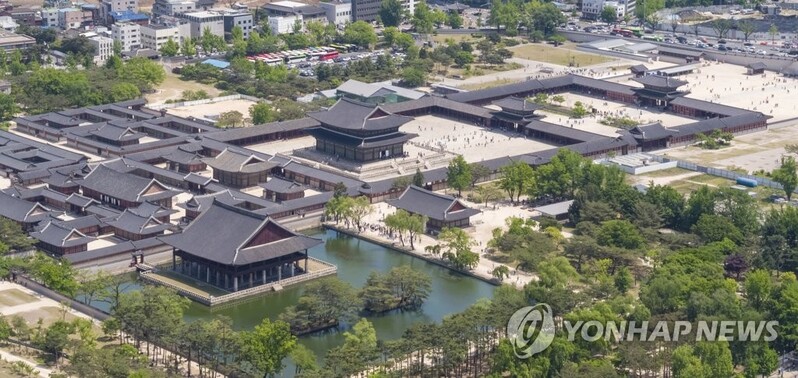 |
| ▲ This photo, shows Gyeongbokgung Palace, seen from Cheong Wa Dae, full of green. (Yonhap) |
SEOUL, August 24 (Yonhap) -- In the future, traditional landscapes decorated with traditional techniques in palaces, royal tombs, and private houses will be systematically preserved and managed as a field of cultural property.
The Cultural Heritage Administration announced on Wednesday about the "1st Basic Plan for Preservation, Management and Utilization of Traditional Landscapes," which is to be promoted by 2026.
Traditional landscaping has received relatively little attention compared to other cultural heritages, including traditional architecture.
In fact, in a survey of 100 people working in the field of landscaping and the related areas in July and August last year, 70% of the respondents said that they needed to establish a designation standard for Korean traditional landscaping, and also had many opinions saying that system improvement or management reinforcement was necessary.
Accordingly, the Cultural Heritage Administration clearly arranged the concept of traditional landscaping used in various ministries and institutions in their basic plan.
Traditional landscaping refers to creating an external space using traditional techniques, such as planting trees or arranging buildings and facilities, containing history, culture, and ideology based on Korea's unique culture, thinking, and behavioral style.
Palaces, royal tombs, seowon (confucian academies) /hyanggyo (government-run provincial schools established separately during the Goryeo Dynasty) , private houses, temples, byeol-seo (private residence), nu/jeong/dae(樓·亭·臺) are its target.
By 2024, the Cultural Heritage Administration plans to reflect these concepts in related laws, ordinances and rules, and will establish management standards and scopes to ensure the realm of traditional landscaping as a cultural asset.
At the same time, it plans to discover valuable potential resources for traditional landscaping, expand the scope of institutional support, and nurture professional experts who will be able to carry out traditional landscaping policies and practices.
The Cultural Heritage Administration is also making various guidelines for sustainable conservation and management for the next five years.
By next year, the "standards for restoration and maintenance of traditional landscaping," where the representative types of traditional landscaping will be divided and standardized with preservation and management techniques, will be presented.
It is also planning to prepare safety management guidelines in preparation for climate change, which has recently emerged as a social problem.
The Cultural Heritage Administration also decided to focus on promoting the value of Korea's traditional landscape.
As part of that, the "Korean Traditional Garden" standard module will be developed from 2025, and guidelines will be presented so that there is no difficulty in creating a "K Garden" anytime and anywhere. The establishment of a "Traditional Landscape Center" (tentative name) is also promoted.
Additionally, the "International Traditional Landscape Expo" will be held to raise social interest in traditional landscaping.
The Cultural Heritage Administration plans to emphasize traditional landscaping in the future, changing its strategy of raising World Heritage sites with a focus on historical sites and tangible cultural properties.
"We plan to promote the registration of the traditional landscaping field as a World Heritage Site through the outstanding Universal Value (OUV) of the Byeol-seo Gardens including Yun Seon Do's Historic Site in Haenam and Bogildo Island Seyeonjeong Pavilion, and by researching the overseas case studies," said an official from the Cultural Heritage Administration.
(This article is translated from Korean to English by Haemin Kim.)
(END)
(C) Yonhap News Agency. All Rights Reserved


















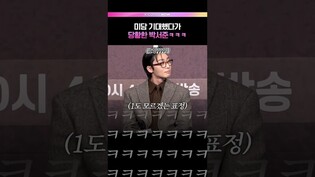

![[풀영상] 영화 '하트맨' 제작보고회|권상우 Kwon Sangwoo·문채원 Moon Chaewon·박지환 Park Jihwan·표지훈 피오 P.O|HEARTMAN](/news/data/20251211/p179554806839266_806_h.jpg)


